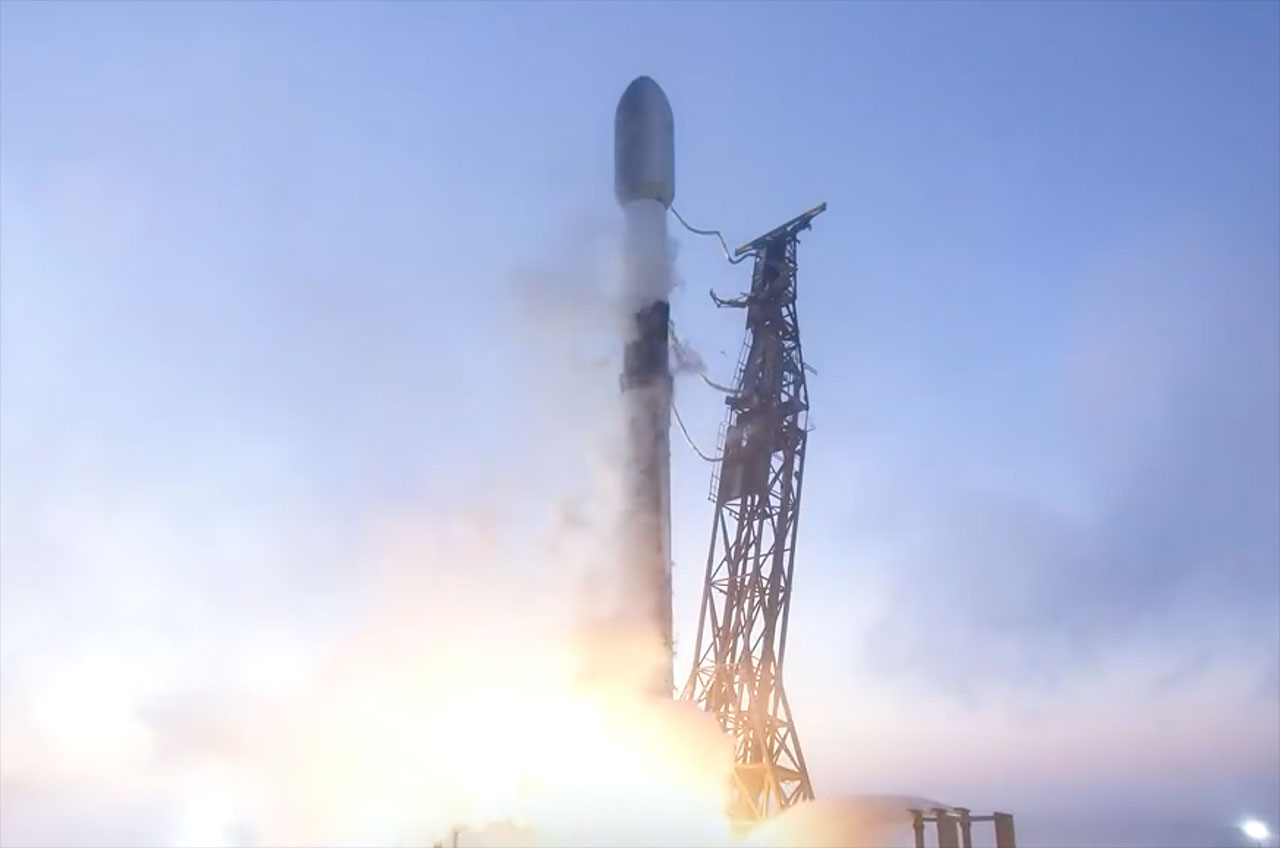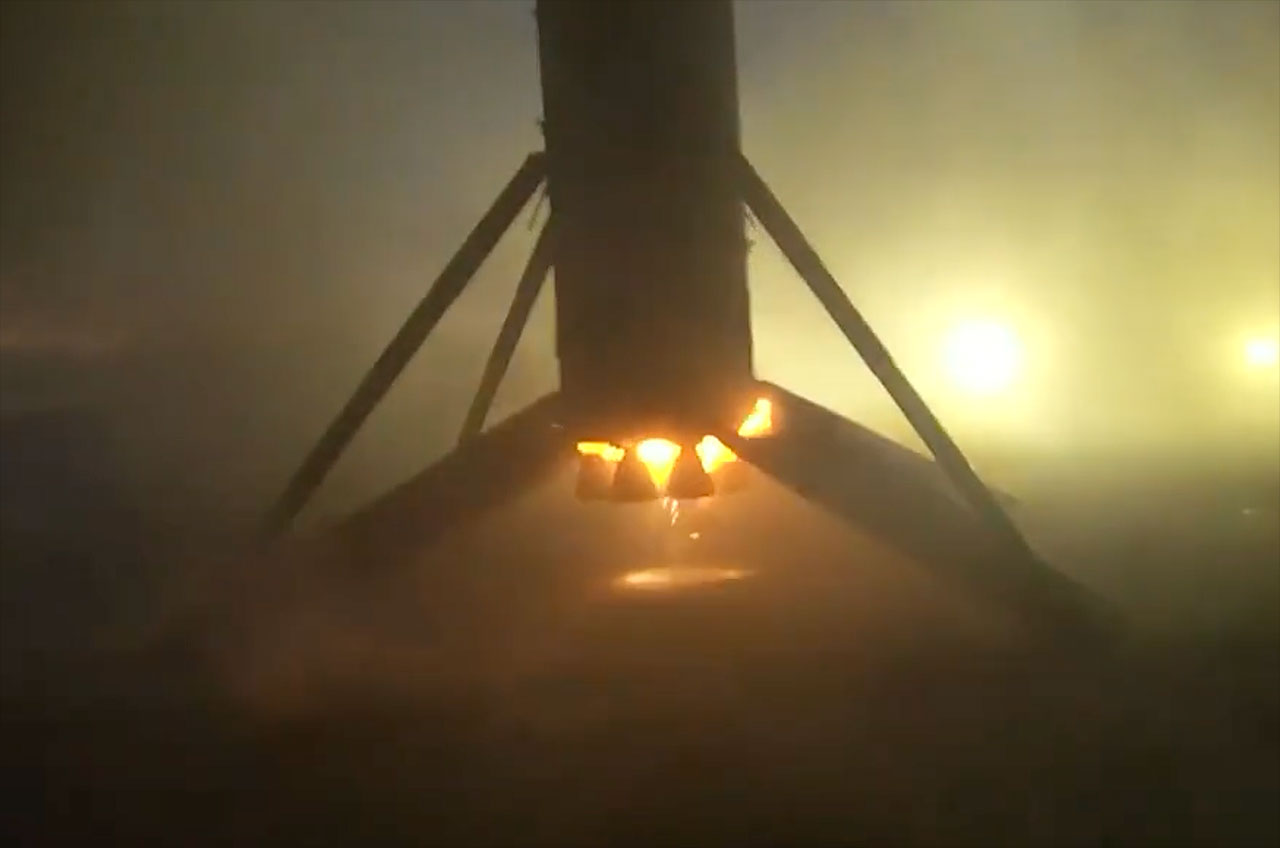SpaceX launched another batch of its Starlink internet satellites on Monday (April 1).
A Falcon 9 rocket carrying 22 Starlink spacecraft lifted off from Vandenberg Space Force Base in California. Bad weather scuttled two previous tries at the launch.
This time the weather cooperated and the Falcon 9 left the pad at 10:30 p.m. EDT (7:30 p.m. Pacific time or 0230 GMT on April 2).
Related: Starlink satellite train: How to see and track it in the night sky

If all goes according to plan, the Falcon 9's first stage will come back to Earth for a vertical touchdown about 8.5 minutes after launch. That landing will occur on the deck of the drone ship Of Course I Still Love You, which will be stationed in the Pacific Ocean.
It will be the 15th launch and landing for this particular booster, according to a SpaceX mission description.
The Falcon 9's upper stage will continue hauling the 22 Starlink satellites toward low Earth orbit (LEO), where they will be deployed about 62 minutes after liftoff.

The rescheduled launch was the 32nd Falcon 9 flight of 2024, and the 21st dedicated to building out the Starlink megaconstellation. To date, SpaceX has lofted 6,100 Starlink satellites, 5,633 of which are currently operational, according to astrophysicist and satellite tracker Jonathan McDowell.
Get the Space.com Newsletter
Breaking space news, the latest updates on rocket launches, skywatching events and more!
Those already-staggering numbers will continue to grow far into the future. SpaceX has permission to deploy 12,000 Starlink craft in LEO and has applied for approval for another 30,000 on top of that.
Join our Space Forums to keep talking space on the latest missions, night sky and more! And if you have a news tip, correction or comment, let us know at: community@space.com.

Michael Wall is a Senior Space Writer with Space.com and joined the team in 2010. He primarily covers exoplanets, spaceflight and military space, but has been known to dabble in the space art beat. His book about the search for alien life, "Out There," was published on Nov. 13, 2018. Before becoming a science writer, Michael worked as a herpetologist and wildlife biologist. He has a Ph.D. in evolutionary biology from the University of Sydney, Australia, a bachelor's degree from the University of Arizona, and a graduate certificate in science writing from the University of California, Santa Cruz. To find out what his latest project is, you can follow Michael on Twitter.









